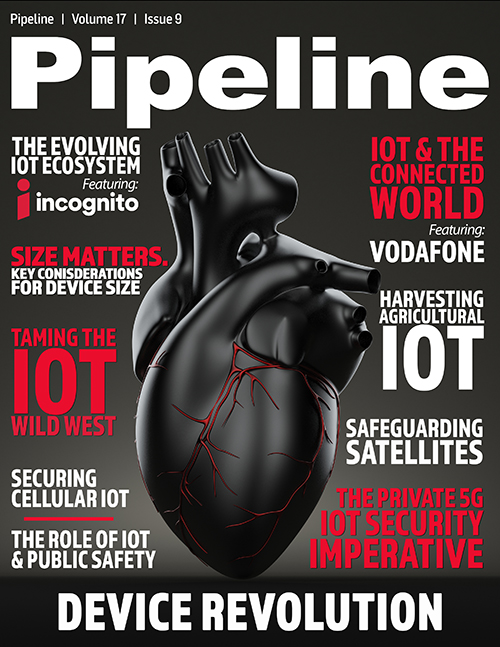Taming the IoT Wild West
By: Brian Davis

The Internet of Things (IoT) can be described as the Wild West of the RF world. It’s a relatively new frontier with an immensely diverse array of technologies, multiple standards from different global organizations, and little compatibility. All are competing for marketshare and not everyone will be left standing. Test and measurement can be considered the sheriff, providing a means to develop, produce, and verify designs and well-performing IoT devices and networks.
Naturally, IoT brings a new set of challenges, particularly in mission-critical applications such as healthcare, factory automation, transportation, and utilities. The stakes are highest in these mission-critical IoT operations, so it’s crucial that UE and networks operate at optimal efficiency. This is especially true in the RF domain, where environments significantly change once they reach the end users.Although cost is a major factor in many IoT designs, given what’s at stake in mission-critical applications, factors such as data reliability, security, and ease of use are much more essential. Rigorous testing of IoT products is a necessity for these reasons. A failure to meet RF standards can lead to regulatory scrutiny, or a downtime in manufacturing operations that can cost millions of dollars.
Maintaining connectivity
RF connectivity is the common bond in the numerous IoT use cases. It is employed in environments from factories and hospitals to automobiles and electrical grids. It can be short-range wireless links utilizing cellular, Wi-Fi, and Bluetooth®, or long-range low-power wide-area network (LPWAN) technologies such as LoRa, Sigfox, and NB-IoT.
Mission-critical applications, including industrial IoT and medical body area networks, are exploring the power of added connectivity given their gravity. Connectivity services such as these enhance human decision-making in highly dynamic environments that call for another level of data reliability to prevent the high cost of failure.
Enduring connectivity is a collaboration between network and UE. For example, it won’t be uncommon for there to be interference between two different UE using various technologies and within proximity to each other. For this reason, corralling all these technologies into UE that operate according to specification and with high reliability across IoT networks is critical at every level of the ecosystem, from chipsets and UE manufacturers to service providers and private network operators.
Standards impact
The emerging IoT standards are meant to address the critical needs of their respective application. While this often leads to confusion—particularly in the realm of test—this proliferation is necessary to effectively optimize hardware and firmware criteria.
Standards guide testing processes. Cellular technology is predominantly led by 3GPP. The global organization establishes specifications every four years, though incremental steps are taken between major releases. 3GPP does not cover conformance and compliance testing, however. 3GPP Release 13 (R13) included narrowband IoT and focused on more nimble communications methods, more efficient battery consumption, low power, and low data rates.
Other short-range technologies utilized in IoT environments, such as Bluetooth and Wi-Fi, have their own standards, as well. The Bluetooth Special Interest Group (SIG) passed version 5.2 in early 2021. It continues a focus on Bluetooth Low Energy (BLE), as well as high-speed, both of which are critical for IoT. The latest Wi-Fi technology—Wi-Fi 6e—is based upon the IEEE 802.11ax standard and outlines performance specifications for the 6 GHz spectrum. It will bring faster speeds to IoT environments.
A recent poll conducted by Anritsu found that these are the three predominant technologies for IoT UE designs. Cellular and Wi-Fi are used in 51 percent of designs, followed closely by Bluetooth (48 percent), according to poll respondents. Zigbee (25 percent) was a distant fourth.



















